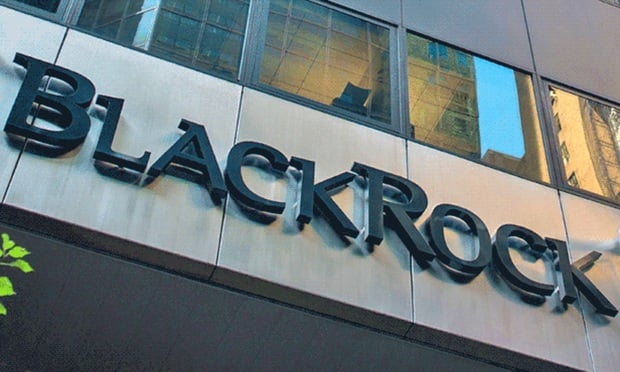Providing simple messaging that encourages employees to write down when they intend to get their flu shots can greatly increase the chances of employees following through, according to a study by the University of Pennsylvania, Stanford University, Yale University and Harvard University in conjunction with Evive Health.
"Employers have a vested interest in reducing sick days at the worksite, and flu shots are an important preventive tool to achieve that," says Peter Saravis, CEO of Evive Health. "Fortunately, breakthrough studies in behavioral science are helping us understand new ways to motivate employees to participate in healthy behaviors, such as getting a flu shot. Our research found that prompting people to simply write down the specific date and time for when they planned to get a flu shot was a highly effective and zero cost method for increasing flu shot compliance."
Based on a controlled study of 3,272 employees at a large Midwestern utility firm, individuals age 50 or older or those with chronic health conditions were randomly selected to receive one of three mailings that reminded them to get a flu shot at an on-site clinic. Among those who were encouraged to write down a specific date and time when they planned on going, 37.1 percent received the flu shot, which is an increase of 4.2 percent over those who only received a general identical reminder with no prompt to make a plan.
Recommended For You
For employees who could only receive on-site flu shots on a single days, the planning prompt was even more effective, as compliance increased by 7.9 percent. This is probably because being absent from the on-site clinic would mean completely missing the free flu shot benefit.
"Advances in the science of consumer decision-making provide unique insights that can help us design more effective ways to encourage and stimulate health engagement in employer settings," says Prashant Srivastava, chief operating officer of Evive Health. "Through Evive's collaborations with top researchers, we continue to develop new behavioral economics-based messaging that further increases member engagement in health and wellness. Employees, employers, health plans and our nation as a whole benefit from these kinds of results."
"We believe that similar prompts can be used to increase employee engagement in many other healthy behaviors that people often intend to follow through on but end up overlooking due to competing demands on their time," Saravis adds.
© Touchpoint Markets, All Rights Reserved. Request academic re-use from www.copyright.com. All other uses, submit a request to [email protected]. For more inforrmation visit Asset & Logo Licensing.






